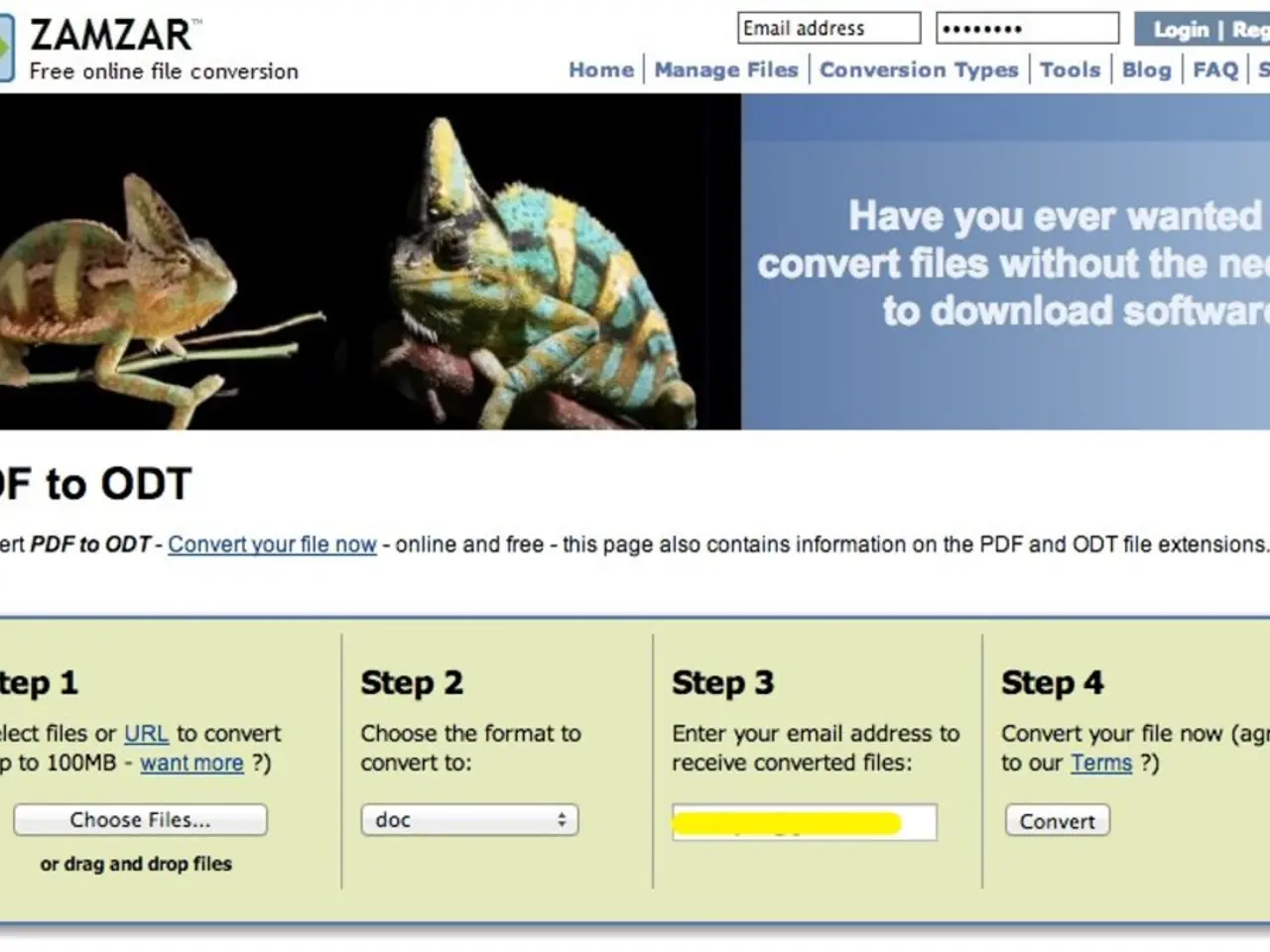What entity is associated with a specific internet domain?
In the vast expanse of the internet, domain names serve as unique identifiers for visiting websites. These addresses are divided into two main parts: the top-level domain (TLD) and the second-level domain (SLD).
The ultimate control over these domain names, including TLDs like .com and .org, rests with ICANN (the Internet Corporation for Assigned Names and Numbers). ICANN is a non-profit organization responsible for coordinating the global domain name system (DNS) and managing the authoritative root zone, which includes TLDs.
ICANN's policies ensure fair and transparent processes, fostering competition while maintaining the internet's stability and security. It oversees the root DNS servers and the assignment of TLDs, coordinating the global DNS hierarchy and accrediting domain name registries and registrars.
Domain Name Registries are organizations responsible for specific TLDs. For instance, Verisign operates the .com registry, while Public Interest Registry manages .org. These entities maintain the databases of domain names registered within their TLD and provide the infrastructure for DNS resolution at the TLD level.
On the other hand, Domain Registrars are accredited firms that provide registration services to individuals and businesses. Companies like Gandi and GoDaddy act as intermediaries between registrants and registries, handling registration and renewal services.
The end users who register domain names for their own use are known as Registrants. They are typically individuals or businesses that intend to use the domain for their website or other online services. Registrants have control over their registered domain names within the rules and policies set by registries and ICANN, but they do not control the DNS system or TLDs themselves.
When a domain name is registered, the registrant becomes the initial owner. They are responsible for choosing an available domain name, providing appropriate contact information, and paying the registrar's registration fee. Registrants are also responsible for keeping the domain's contact information up to date and following the terms and conditions established by the registrar and relevant domain name registries. These policies may include restrictions on certain types of domain names or requirements for registrants, like proof of eligibility for specified domains.
Understanding the roles of domain registrars, registries, and ICANN is crucial for individuals and businesses trying to develop their online presence while navigating the internet's rules and regulations. Users can utilize registrars to find available domain names, complete the registration procedure, and manage their domain settings. Domain name registries ensure the proper operation and integrity of the domain name system (DNS).
In summary, while registrants control their specific domain names and registrars facilitate registration, the highest ultimate control over the DNS and TLDs lies with ICANN, which governs the overall coordination, policy, and root zone management in the domain name system. ICANN's policies, combined with the roles of domain registries and registrars, form the backbone of the internet's domain name system, ensuring a stable and secure online environment for all users.
[1] ICANN. (n.d.). About ICANN. Retrieved from https://www.icann.org/about [2] ICANN. (n.d.). Registrants. Retrieved from https://www.icann.org/resources/pages/registrants [3] ICANN. (n.d.). Root Zone Database. Retrieved from https://www.icann.org/resources/pages/root-zone-database [4] Verisign. (n.d.). About Verisign. Retrieved from https://www.verisigninc.com/about-us/ [5] Public Interest Registry. (n.d.). About Us. Retrieved from https://www.publicinterestregistry.org/about-us/
- ICANN, as the global coordinator of the domain name system, exercises authority over technology like the top-level domains (TLDs), guaranteeing a fair and stable internet environment.
- To secure a unique online presence, end-users (registrants) work with domain registrars, who utilize technology provided by domain name registries, to register their domain names, while ICANN manages the overall domains system and TLDs.




